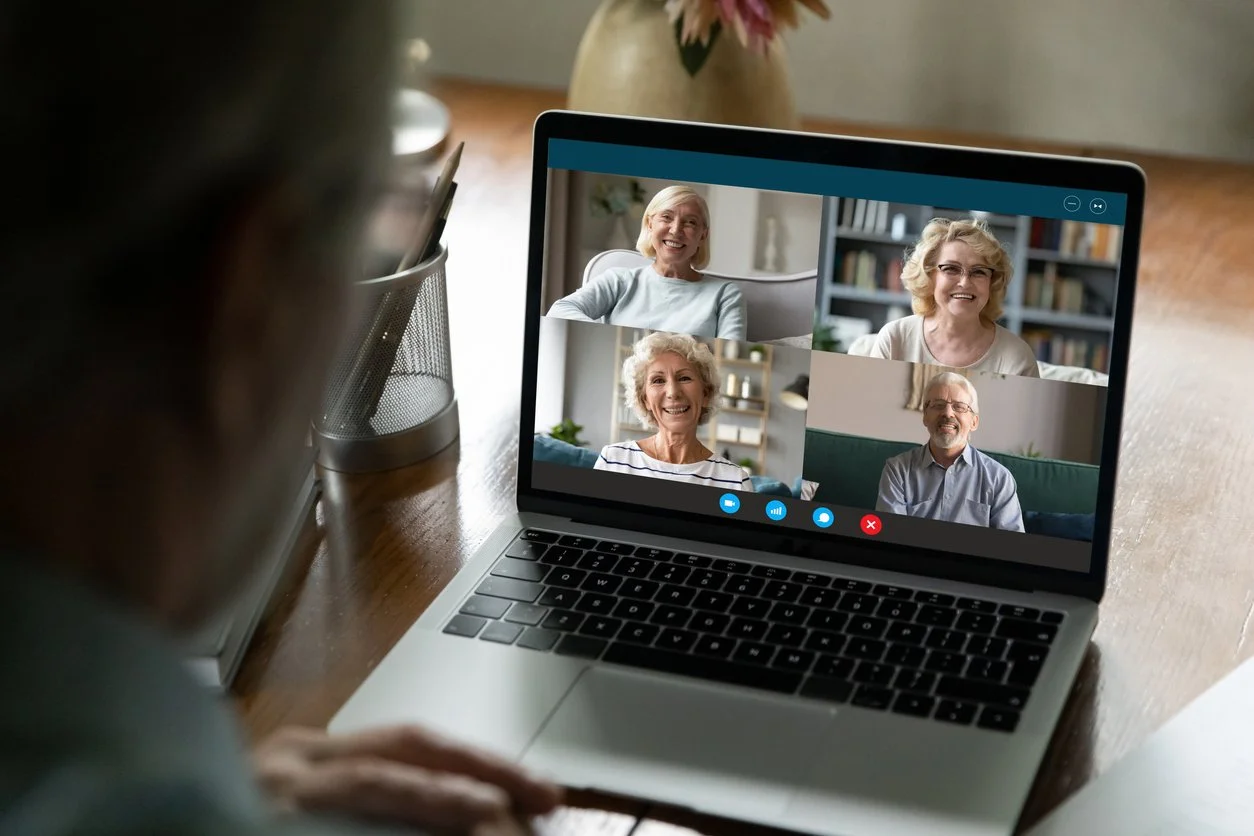21年后,Skype正式谢幕
几周前,Microsoft忽然宣布将彻底关闭 Skype。消息一出,我的第一反应不是震惊,而是感叹Skype 竟然还在。
用过 Skype 的人,大多还记得它曾经是在线语音和视频通话领域的开创者。对我来说,Skype 不只是一款工具,更是一段记忆的承载。
90 年代初,我刚到美国。那时候如果用 AT&T 这样的长途电话公司拨打国际电话,15 分钟就要花上 40 美元。对于当时还在餐厅打工、靠自己赚学费的我来说,那真是一笔不小的负担。为了省钱,我常常去唐人街买那种预付费的电话卡,但它们的质量参差不齐,经常断线,通话质量也很不稳定,非常的不靠谱。
所以当 Skype 出现时,那种感觉,真的就像第一次用上 iPod 一样令人兴奋。它不仅几乎免费,而且清晰、稳定,更重要的是,它让我终于可以毫无压力地和家人长时间通话。对那个时代的留学生来说,没有微信,没有FaceTime,Skype 几乎是唯一能让我们和家人保持亲密联系的方式。它带来的,不只是技术上的便利,更是心灵上的慰藉。
因此,当Skype终于画上了句号时,与它的告别,真的时象征着一个技术时代的终结。
90年代中旬,当我在用Skype的时候,它并不是属于微软的。2011年,当时的微软CEO的史蒂夫·鲍尔默拍板,以超过85亿美元的价格收购Skype。这笔交易在当时是成为微软历史上最大手笔的并购。而且在微软之前,eBay 也曾在2005年以25亿美元的价格收购Skype,但由于无法找到明确的商业模式,最后不仅未能发挥其价值,反而还要吞下14亿美元的减值亏损,将Skype出售给了外部投资者。后来到了微软这边,情况似乎也没有好多少。Skype 作为产品确实拥有庞大的用户基础,2011年并购时其用户量已超过一亿,但无论是整合体验、商业变现还是用户留存,微软似乎从未真正找到它的最佳用途。
如果说 Skype 有过最后一次机会腾飞机会的话,那应该是五年前的疫情爆发初期。2020年的3月份,整个世界被迫转向远程办公,视频会议瞬间成为刚需。这个时候,作为在线语音视频元老级选手的 Skype,照理可以迎来真正的高光时刻。然而几乎所有人都却上了 Zoom。而且更具讽刺的是,当时微软旗下已经拥有 Skype,却在疫情期间主推另一个产品 Teams 。Teams 本是为了抗衡 Slack 的企业协作工具,但因为视频功能的加入,不可避免地冲击了 Skype 的定位。其实我们公司当时也有Skype的账号,但是在疫情期间,几乎所有人都上了Team,Skype 已经成了多余的存在。
苹果创始人Steve Jobs曾说:“如果你不自己革自己的命,总有人会替你动手。” 他用 iPhone 终结了 iPod 的时代,选择由自己推动变革而非被动接受市场的淘汰。
微软或许也意识到了这一点。虽然 Skype 品牌曾经强大,曾被各种科技公司尝试嵌入产品体系,但从未真正融入或变得不可替代。因此在 Teams 横空出世、FaceTime 成为日常通讯标配、Zoom 席卷全球市场的今天,Skype 最终还是退了场。它并非不优秀,但在高速演化的数字世界里,怀旧从不是生存策略。
对像我这样的早期用户来说,Skype 是第一款让我们体验到“视频通话”的神奇感受,并且首次让我与远在国内家人的联系变得如此的容易。Skype 的谢幕,不只是一个应用的落幕,更是在提醒我们,在商业的世界里,仅有“好点子”是不够的。市场、战略、时机,以及是否愿意主动创新和自我更新,才是决定命运的关键。
再见了,Skype!感谢你曾为我们带来的那个遥远又充满未来感的时代。
A few weeks ago, Microsoft announced that it would be shutting down Skype for good. My first reaction wasn’t shock, but surprise that Skype was still around.
Anyone who has ever used Skype likely remembers that it was once a pioneer in online voice and video calls. For me, Skype wasn’t just a tool, it was where my memories lived.
In the early ’90s, I had just arrived in New York. Back then, if you made an international call using long-distance providers like AT&T, a 15-minute call could easily cost US$40. For someone like me, working part-time at a restaurant to pay for my own tuition, that was a big burden. To save money, I used to go to Chinatown to buy prepaid calling cards. But they were always hit or miss - unreliable, constantly dropping calls, and with terrible audio quality.
So when Skype came along, the excitement I felt was comparable to discovering an iPod for the first time. It was almost free, clear, stable, and more importantly, it finally let me speak with my family for as long as I wanted, without the stress of worrying about high costs. For international students like me, living in a time before WeChat and FaceTime, Skype was the only real way to stay closely connected with home. It brought not just technological convenience, but deep emotional comfort.
So when Skype finally reached the end of the road, its farewell felt like the closing of an era.
When I was using Skype in the mid to late 1990s, it wasn’t yet a Microsoft product. In 2011, Microsoft’s then-CEO Steve Ballmer made the decision to acquire Skype for over $8.5 billion, at the time, the largest acquisition in the company’s history. Before Microsoft, eBay had also tried its hand, buying Skype in 2005 for $2.5 billion. But eBay never managed to build a clear business model around it, and ended up writing down $1.4 billion in losses before selling it off to investors. Interestingly, Microsoft didn’t fare much better either. Skype had a massive user base, with over 100 million users at the time of the acquisition, but Microsoft never quite figured out how to integrate it properly, monetize it effectively, or retain its users meaningfully.
If Skype ever had a final shot at a comeback, it would have been at the start of the COVID pandemic. In March 2020, the world suddenly shifted to remote work, and video conferencing became an essential part of daily life. In theory, this should’ve been Skype’s big moment to shine. But almost everyone turned to Zoom instead.
Even more ironically, Microsoft already owned Skype, but during the pandemic, it chose to promote another product: Microsoft Teams. Originally built to compete with Slack in workplace collaboration, Teams added video functionality and quickly started to cannibalize Skype’s position. Even at my own company, we had Skype accounts, but during the pandemic, almost everyone moved to Teams. Skype became redundant.
Steve Jobs once said, “If you don’t cannibalize yourself, someone else will.” He ended the iPod era by launching the iPhone, choosing to lead disruption rather than be overtaken by it.
Microsoft may have come to realize this as well. Despite its once-strong brand and multiple attempts by tech giants to integrate it, Skype never truly became indispensable. And now, in an age when Teams dominates corporate communications within the Microsoft ecosystem, FaceTime is baked into Apple devices, and Zoom has swept the global market, Skype has quietly exited the stage. It wasn’t a bad product, but in today’s fast-moving digital world, nostalgia is not a survival strategy.
For early users like me, Skype was the first time we experienced the magic of “video calling,” and the first time I could stay effortlessly connected with my family back home. Its departure is more than just the shutdown of an app, it’s a reminder that in the business world, having a “good idea” simply isn’t enough. Success is shaped by timing, strategy, market readiness, and the courage to keep reinventing yourself.
Goodbye, Skype. Thank you for bringing us that distant, futuristic era that once felt so full of possibility.
